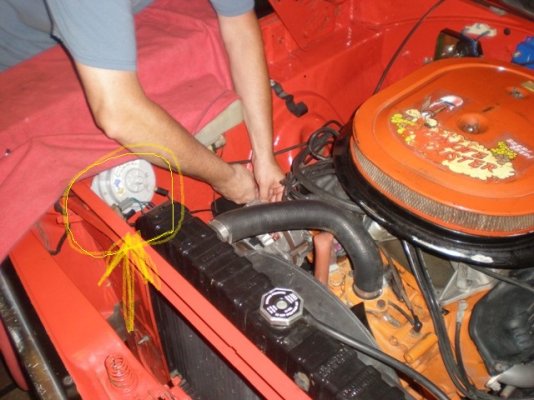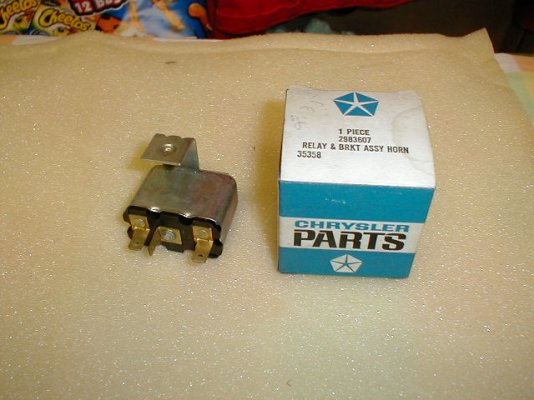As a helicopter, turbine engine, helicopter transmission mechanic for 23 yrs along w multiple car, motorcycle, boat and diesel truck builds over the yrs, I'll address some of the queries of
@RemCharger.
HEI: Some people would like a hotter spark for a modified engine. HEI is a good way to do it and keep it hidden allowing the engine to appear stock. Some people like a MSD box bolted in the engine compartment.
Manifold vacuum: can be very helpful in an aggressively cam'd engine w an automatic transmission. It does have it's place, however on a stock engine, not necessary.
Quadrajets: Personal preference on type of intake improvement. I doubt very seriously that anyone actually thinks the stock engine in "any" make/model of car was the best performing.
No amp gauge: Necessary... no. Does it have a place, yes for some. I run fuel injection and require a better alternator. I run a 120 amp, I do not want a 120 amp alternator running "through" my dash wiring. I converted to a volt meter that uses the amp guage to show my charging state. And run my alternator directly to my battery.
Headlight relay: Older cars, pre 70's have horrible headlights. Not because the headlights are bad but because the voltage goes through the Headlight switch and then to the headlights. They do not get full 12 volts, much less 14. A relay, activated by the switch allows stock headlights to get over 12V and makes them much brighter "Safer".
I inherited my Great Grandmother's car, I modified it as that's what I like. I honestly don't understand some people liking pro sports, but that's their thing.
For our cars, there are better things that can be added over the yrs to make them more enjoyable to drive. Overdrive, disc brakes, fuel injection, a/c, even tires etc....
I'd venture to bet that the majority on this site modified their car in one way or another.



















